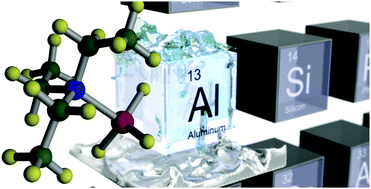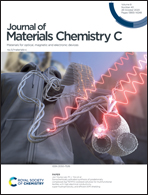Solution-processed aluminum metals using liquid-phase aluminum-hydrides
Abstract
Amine-alane (AlH3) adducts have been extensively studied for numerous years due to their ability to function as excellent precursors for aluminum metals in chemical vapor deposition (CVD). This study highlights the potential versatility of amine-alane adducts in the field of coating processes, rather than in CVD processes which have been traditionally studied. The purpose of this study is to demonstrate a solution-processed Al metal film using amine-alane adducts. We prepared a precursor solution for the production of Al metal films named “liquid-Al”, which consisted of triethylamine-alane, bis(cyclopentadienyl) titanium dichloride (Cp2TiCl2), and 4-methylanisole. Moreover, “precoat-ink” was synthesized using a diisopropoxy-bisethylacetoacetatotitanate (DBEAT) solution. We clarified that by combining two types of Ti catalyst (Cp2TiCl2 and DBEAT), which perform different roles, a solution-processed Al metal film can be realized. The DBEAT in the precoat-ink provides adsorption/nucleation sites for Al on the substrate surface, while Cp2TiCl2 in the liquid-Al facilitates the elimination of non-Al elements (ligand and hydrogen) from the amine-alane adducts, leading to an effective liquid-to-metal Al conversion at temperatures >100 °C. Consequently, the Al films produced using liquid-Al demonstrated a resistivity of 5.8 μΩ cm (annealed at 250 °C), which is comparable to that of the bulk resistivity (3 μΩ cm). This result is of significant importance because it facilitates the utility of Al metals in the field of printed electronics.



 Please wait while we load your content...
Please wait while we load your content...